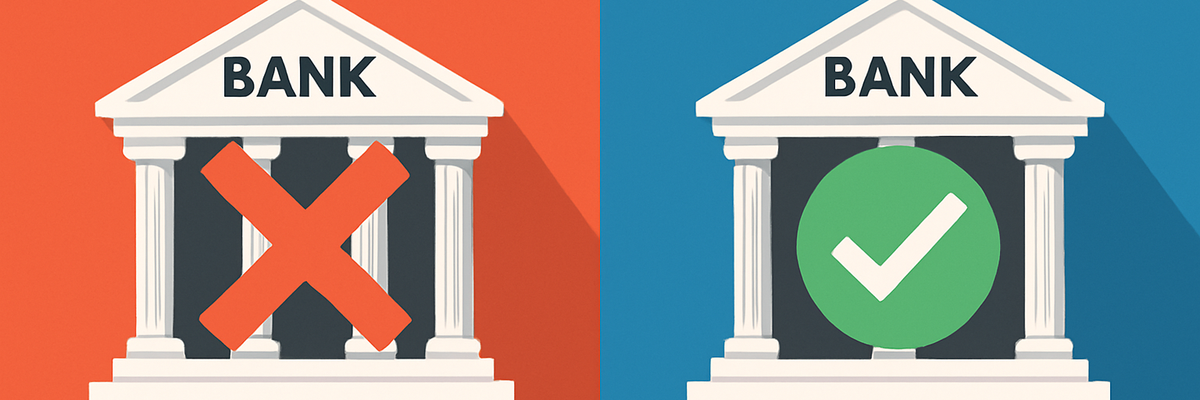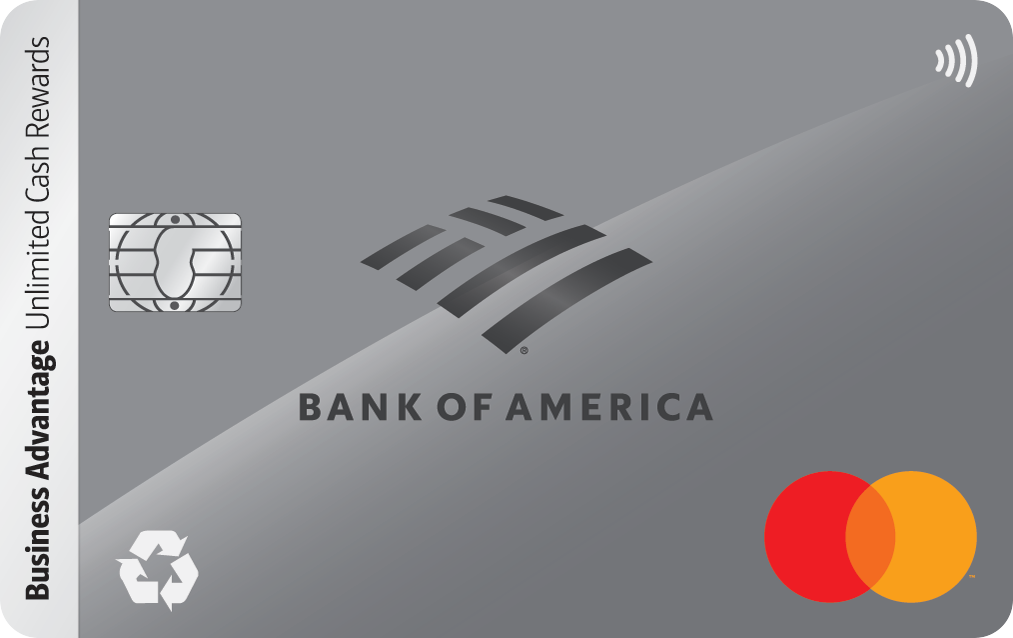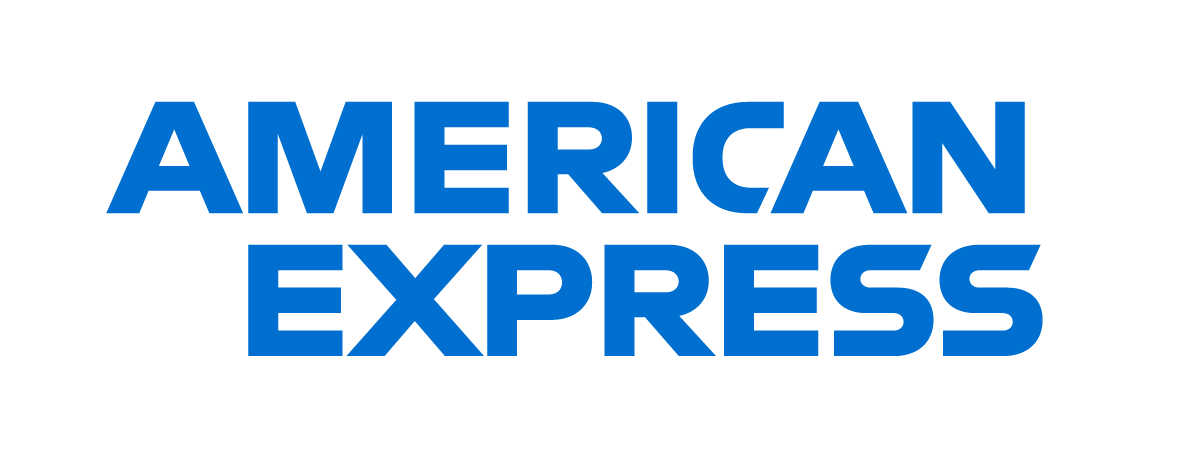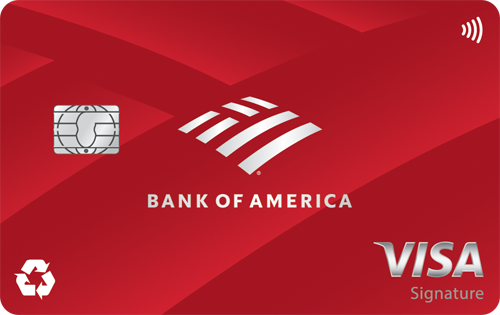If You See This on Your Bank Statement, It's Time to Switch Accounts

If you've ever checked your bank statement and spotted an unexpected overdraft fee, you're not the only one. U.S. banks made a staggering $12.1 billion in overdraft fees in 2024, according to the Financial Health Network.
Here's what you need to know about sneaky overdraft fees -- and the accounts you can switch to in order to avoid them.
How do overdraft fees work?
When your checking account balance dips below zero and a transaction still goes through, your bank covers the difference and charges you what's called an "overdraft fee." It's basically a small, high-interest loan you never asked for.
Some banks will even rearrange your daily transactions from largest to smallest, increasing the odds that your balance drops below zero. That helps them charge more overdraft fees.
If overdraft fees are showing up on your statements, even just once or twice a year, it's a sign that your bank doesn't have your best interests in mind. The good news is that you don't have to settle for that anymore.
Find a bank that doesn't charge you at all
Many forward-looking banks have eliminated overdraft fees altogether.
SoFi Checking and Savings (Member FDIC) is a strong option. It offers up to $50 in fee-free overdraft coverage when you set up a direct deposit of at least $1,000 per month. You'll also get SoFi®'s member benefits, including a savings APY of up to 4.00% and access to tools that track spending in real time.
Want to keep more of your money? Open a SoFi Checking and Savings (Member FDIC) account today.
What if you're not ready to switch banks?
If you're not quite ready to move your money, you can still take steps to protect yourself in the meantime.
Start by turning on low balance alerts on your banking app so you'll get a notification any time your cash drops below a set amount. This gives you time to move your money or cut spending before you get hit with a fee.
Many banks also let you link your savings account to your checking account to cover overdrafts. But watch out: Some banks still charge a transfer fee for this, so check the terms first.
It's also a smart idea to leave a small cushion in your checking account -- even $50 or $100 can prevent most accidental overdrafts. Pair that with a simple budgeting app that tracks your spending in real time, and you'll have a much better handle on your balance.
Don't let your bank profit from a small mistake
Overdraft fees aren't necessary anymore. If they keep popping up on your account, it's a clear sign your bank is behind the times -- or more interested in charging you than helping you.
Modern banks are leading the way with fee-free accounts, better apps, and higher savings rates. You don't have to put up with surprise charges anymore.
Ready to get started? Open one of your favorite high-yield savings accounts today to protect your money.
Our Research Expert




